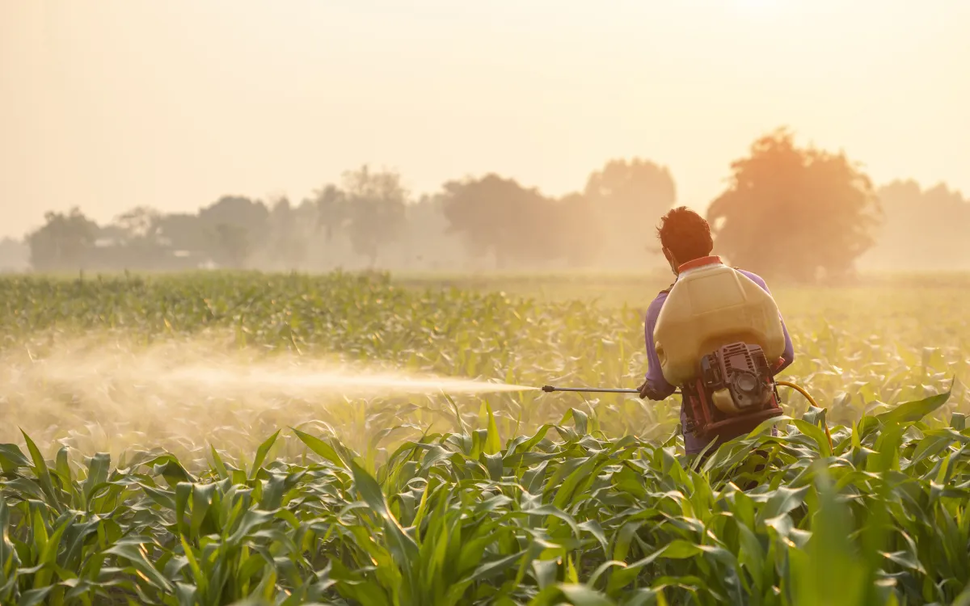Childhood leukemia is the most common type of childhood cancer and its etiology is largely unknown. Investigators in DCEG are collaborating with investigators at University of California at Berkeley on a population-based case-control study of childhood leukemia in the San Francisco Bay area and the agricultural Central Valley (35 counties). A substantial proportion of the population in this area is employed in agriculture or lives in close proximity to agricultural fields, making this an ideal study population to evaluate agricultural pesticide exposures and risk of childhood leukemia. Furthermore, a large proportion of the study population is Hispanic. No previous large-scale childhood leukemia studies have targeted Hispanics or agricultural populations. A major aim of the collaboration is to improve the exposure assessment of agricultural and home and garden pesticides by measuring pesticides in house dust samples. Investigators are also measuring other chemical exposures including cotinine, PCBs, polycyclic aromatic hydrocarbons, and polybrominated diphenyl ethers. In addition to evaluating specific chemical levels in dust and risk of childhood leukemia, investigators are conducting several methodological studies to evaluate factors associated with residential exposure to these chemicals.
For more information, contact Dr. Rena Jones.
Occupational and Environmental Epidemiology - Research Areas
